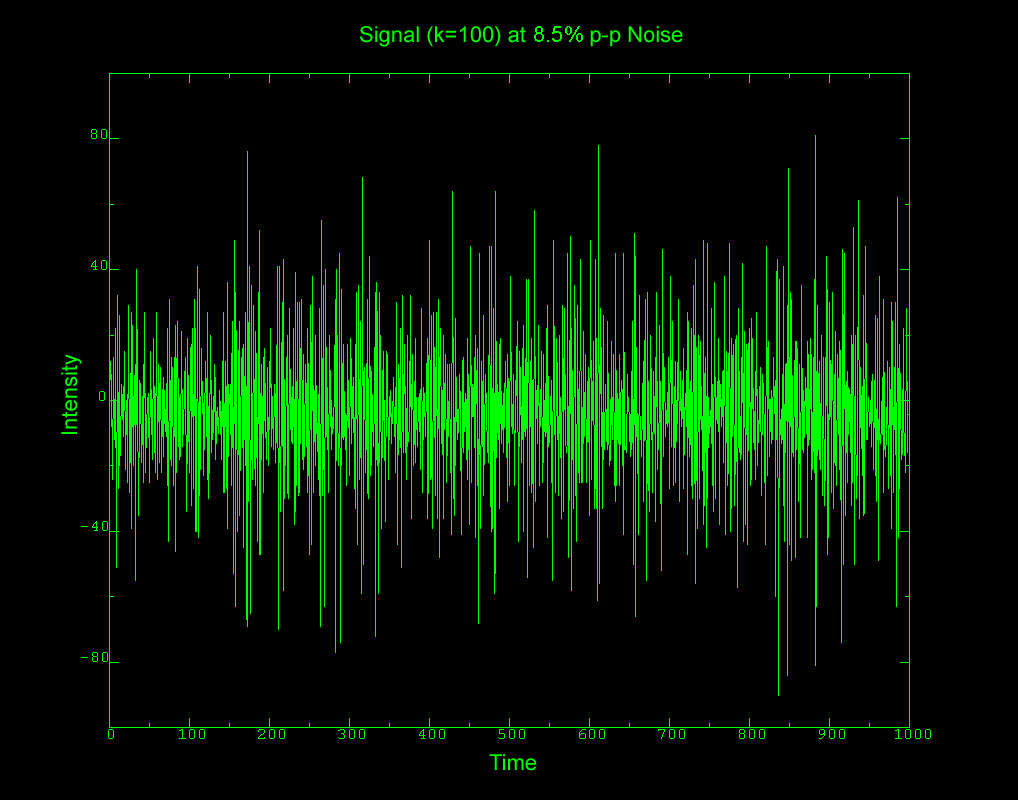We may not have been the first species to invent language, but we have honed our own language to extend beyond grunts and yells. We started with sticks and clay then moved to scrolls, then to codices, then parchment and paper, then fixed-type, then type writers, then computers, and now the Internet. The tools of writing have shaped its history, and the web is the next step in that evolution. While electronic text may not be as long-lasting as stone tablets, its ease of duplication more than makes up for it. We are able to consume a lot of information, and there is a lot to be consumed, so those who present it must be aware of how it is organized.
Language is not an exclusively human invention, but from what we can tell, we have taken it to levels never seen on Earth. Our communication started with noises, which eventually became words. Then we started drawing pictures and assigning meaning to them, which is probably from where pictograms emerged. The Egyptians filled their pyramids with stories that speak to us from thousands of years in the past. Generations later, we began to understand the nature of words, sentences and grammar. Once we defined these devices, we were better able to understand and expand on them. It eventually became important for us to organize them in a way that was visually appealing, so titles and paragraph breaks became of great importance. Finally, we have invented computers and the Internet, which is taking text communication to places never before imagined.
The computer has its roots in all of humanity’s previous forms of textual communication. It is far superior in many aspects except, perhaps, one: permanence. Stone tablets that are thousands of years old can still be found, their words or symbols still legible. Drawings can be found everywhere the weather has not wiped it away. But, electricity is a constant in computer communication. The data may be stored on magnetic tapes, hard drives, or discs, but to view it requires a computer. The super-efficient duplication of information through computers (and the Internet), makes it possible to spread it quickly and easily, but unless a printed copy is made, a permanent copy of the text could hardly be considered tangible. This is probably why so many people are still not completely comfortable with purely electronic composing. We have all lost something to a power surge or other disruptive event. While it may be easier than ever to transfer and store information, it can hardly be said that a hard copy is not require or wanted.
Permanence aside, perhaps the most appealing aspect of current text technology is its dynamic nature. Visual organization has not always been a part of the writing process, but it certainly is now more than ever. Words and ideas are no longer the only issues one must consider when it comes to writing. Now we must be concerned with what we say, how we say it, and how it is presented. Ancient texts were written in a multitude of forms. But, none of them were written with black font on white background, on individual pages measuring eight inches by eleven, with one inch margins. They were composed with sticks on clay, or plant matter on plant leaves, or etchings in stone. But of all the articles I have ever read, regardless of when they were written, virtually all of them were in this modern format. These ancient texts are only available to us because someone transcribed to this format so they would be more readable to our 20th and 21st century minds.
In the past, the tools we used to compose usually determined what people wrote about. Unlike the efficient methods available through the computer, the older forms of writing employed a very deliberate process. Since these methods were so time-consuming, we have hardly any examples of trivial or inconsequential matters. Most people did not, for example, keep daily journals on clay tablets. As the technology increased, and we were able to make copies, duplication of important works suddenly became important. This is probably why the Christian Bible was the first mass-produced text. It was considered of enough importance that people wanted to reproduce it. These days, however, it is hard to really pin what is important enough to reproduce because we can do it so effortlessly.
As electronic text communication becomes more available, the flow of information will no doubt increase. With the advent of the Internet, the floodgates can be considered open. The words we think are important or relevant are increasingly being drowned out by the rest. The signal-to-noise ratio has increased, and will certainly continue to do so. Anyone who has searched for something on the Internet knows that every day it grows harder and harder to sift through all the “useless” data to find what it is you are looking for.
There is no doubt that the human species has been able to magnificent things with language and the printed word over the past few millennia. From primitive sounds to simple pictures, we added to our repertoire of communication forms. As our technology has increased, we have been able to communicate like never before. But, the technology and the language did not develop separately. They benefited reciprocally from one another, taking communication places our ancestors could never have dreamed, though I am sure they tried. Archaeologists can reveal to us what our ancestors left behind, but only because their medium has survived. Perhaps the ease of duplication in modern text will ensure its survival. Available to more people, the information will live on far beyond the physical aspects. But, it is unlikely that we will remember things that are hard to digest, so we must design our information to be memorable. The author and the web designer’s message will be lost in the sea of noise unless we focus the signal.
